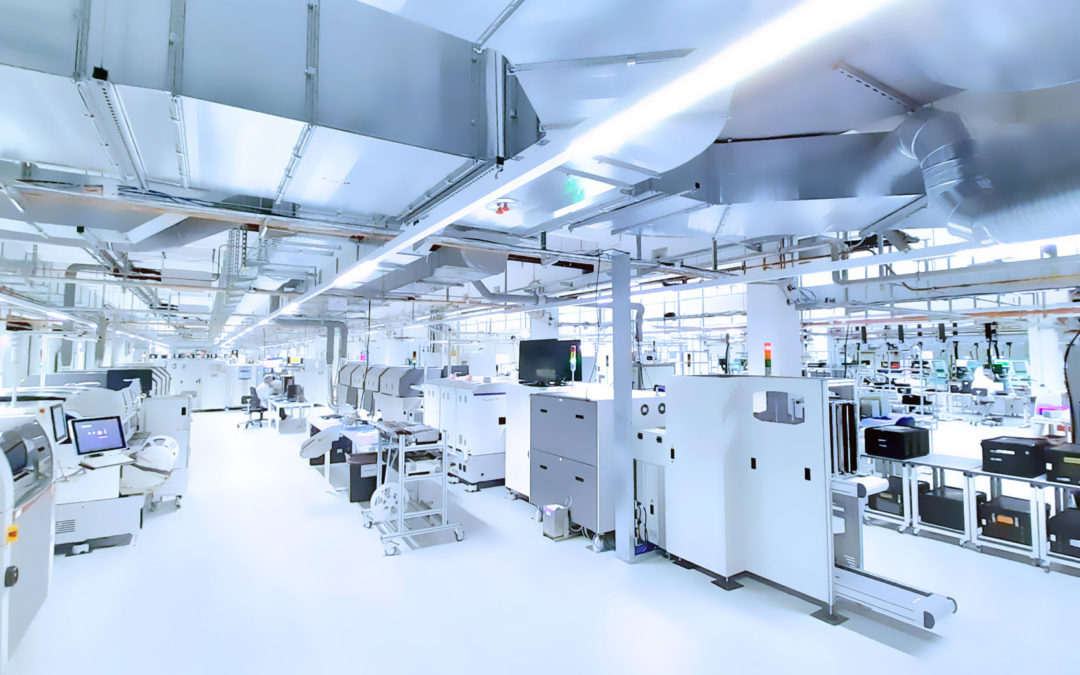From the Covid-19 pandemic to the recent Suez canal blockage by the Ever Given container ship, events have exposed significant weaknesses in supply chains across the globe. Add Brexit trade tensions and the threat of various global tariff impositions into the mix, and conventional supply chains look decidedly fragile as we emerge from the pandemic.
When manufacturing ground to a near halt at the beginning of last year as the coronavirus rampaged across continents, gaps began appearing in supply chains spanning medical, automotive, aerospace, industrial goods, and many other industries, 3-D printing or Additive Manufacturing was able to plug some of the holes in supply chains where conventional manufacturing could not match demand.
“We have seen with the recent pandemic the vulnerabilities of the physical supply chain to systemic disruption,” says Quan Lac, Head of Additive Manufacturing at Siemens Energy, Americas. “There have been numerous examples of additive manufacturing being used to mitigate conventional supply shortfalls through digitally-enabled distributed manufacturing,” he adds.
According to the latest market research from industrial 3-D printing consultancy specialist AMPOWER, metal additive manufacturing could achieve annual growth of more than 29% over the next four years, despite a stagnation in the market due to the Covid-19 pandemic.

